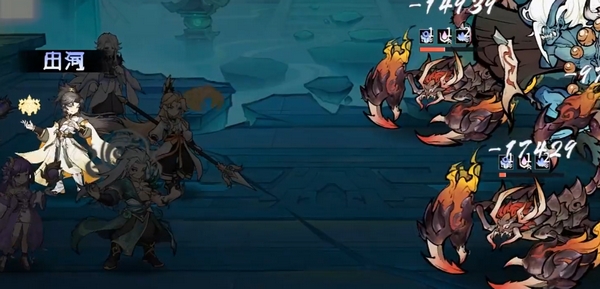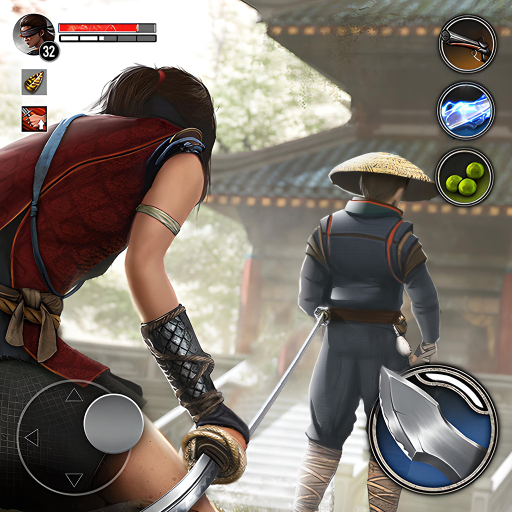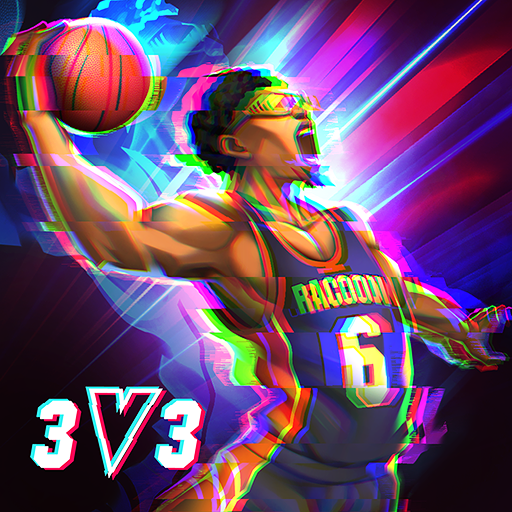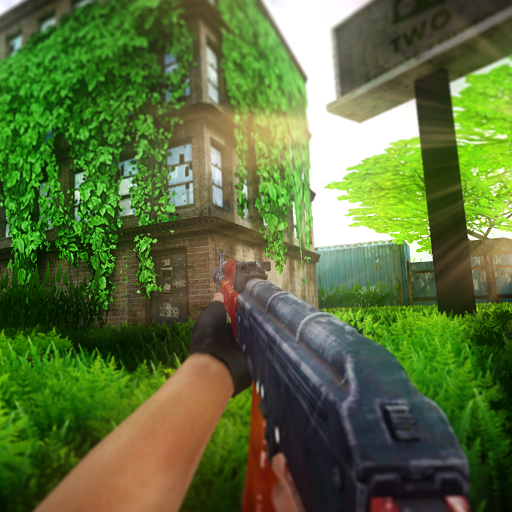In the intense competition of the NBA All-Star game, the reasonable use of defensive strategies often has a crucial impact on the outcome of the game. When the game reaches a fever pitch and the situation changes rapidly, it's essential to understand what defensive strategies the NBA All-Stars employ. At this point, adopting the right defensive strategy can effectively disrupt the opponent's offensive rhythm, gaining more advantages for your team, which is key to winning the final victory.

Full-Court Press: As the game approaches its end and the scores are tight, you can first set the half-court defense to a half-court press mode, meaning each player must closely guard their assigned opponent, forming a one-on-one tight defensive posture. This method can effectively cut off passing lanes between opponents, reducing their scoring opportunities in our territory. When the game enters a critical moment requiring full defensive effort, switch to a full-court press. During a full-court press, high-intensity defense limits the opponents' movement space, with a greater emphasis on perimeter defense. Dispatch faster, more agile players to pressure the ball handler on the perimeter, forcing them to pass the ball inside.
At this time, the interior players should be fully prepared, using their physical advantages and positional awareness to strongly block opponents entering the paint, making it difficult for them to maneuver. For opponents without the ball, actively move and interfere to prevent them from getting open passes. Finally, activate the automatic pressure function to make the entire defensive system more compact and aggressive.
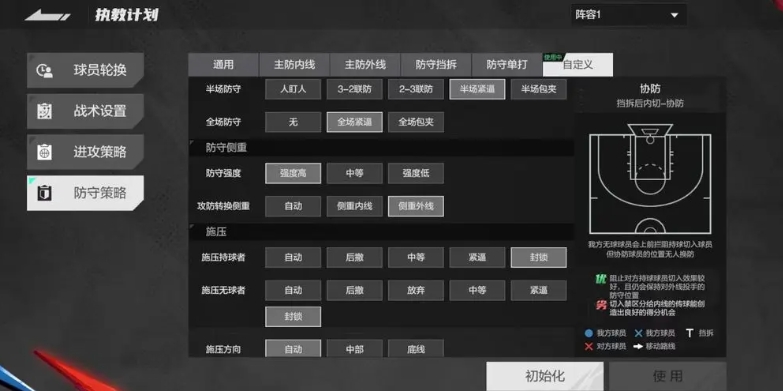
Rear Defense: This is also a clever and practical defensive technique. When facing a ball handler, using rear defense allows you to unexpectedly appear behind the opponent. This not only prevents the opponent from easily noticing and evading but also increases the chance of stealing the ball. Since the ball handler is less likely to detect the defender's position change from behind, it makes it easier for the defender to seize the opportunity to steal the ball. In pick-and-roll situations, make targeted choices based on the type of pick. If defending a ball screen, choose the last defensive strategy option, allowing for smart movement and positioning to disrupt the opponent's pick-and-roll, preventing them from breaking through the defense.
For other types of picks, you can also use rear defense, making it difficult for the picker to receive the ball or comfortably execute the next move. In the case of off-ball screens, timely switching is key. Through默契配合,迅速交换防守对象,确保每个进攻球员都在严密的防守之下。为了提高防守的效率和准确性,可以将规则设置为自动防守换防者,这样球员们能够更加专注于自己的防守任务。
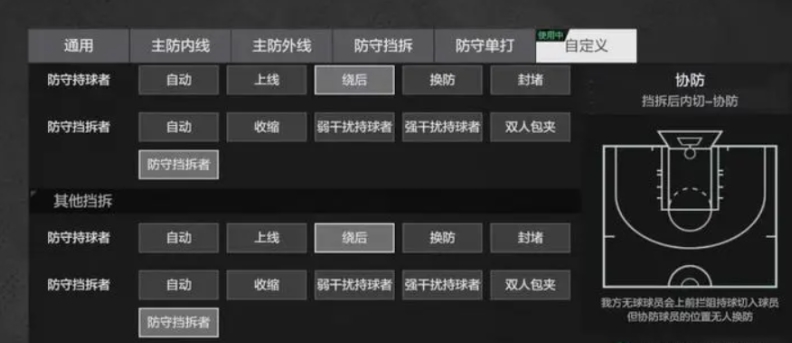
Team Defense: This strategy emphasizes the continuity of defense. During the defense, you can appropriately turn off the defensive focus settings, allowing players to adjust more flexibly according to the game situation, rather than being constrained by a fixed defensive focus. Also, avoid tightly guarding the screener, as being too close to the opponent can easily result in fouls, giving them free-throw opportunities. In terms of interior defense, you can also use the rear defense method, allowing interior players to better utilize their physical advantages and defensive coverage to comprehensively cover opponents entering the paint.
When double-teaming an opponent, perimeter players can manually call for teammates to assist, allowing for more precise timing and positioning of the double-team, thus improving its effectiveness. The same goes for interior double-teams; by manually calling for interior teammates, you can form a coordinated double-team both inside and out. Whether facing a pick or no-pick offense, you can use the team defense approach, ensuring that all players can keep up with the offensive players, forming a tightly connected defensive network.
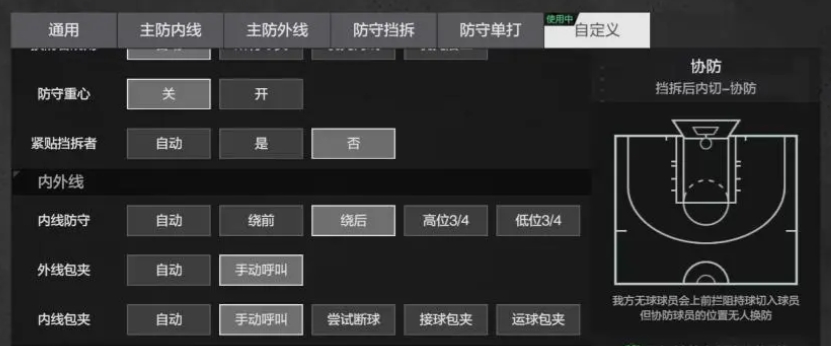
This concludes the introduction to NBA All-Star defensive strategies. These are all practical strategies that can be used in actual games and are currently popular among many players. Later, you will need to switch and adjust based on the characteristics of the opposing team's players and their tactical plays.

